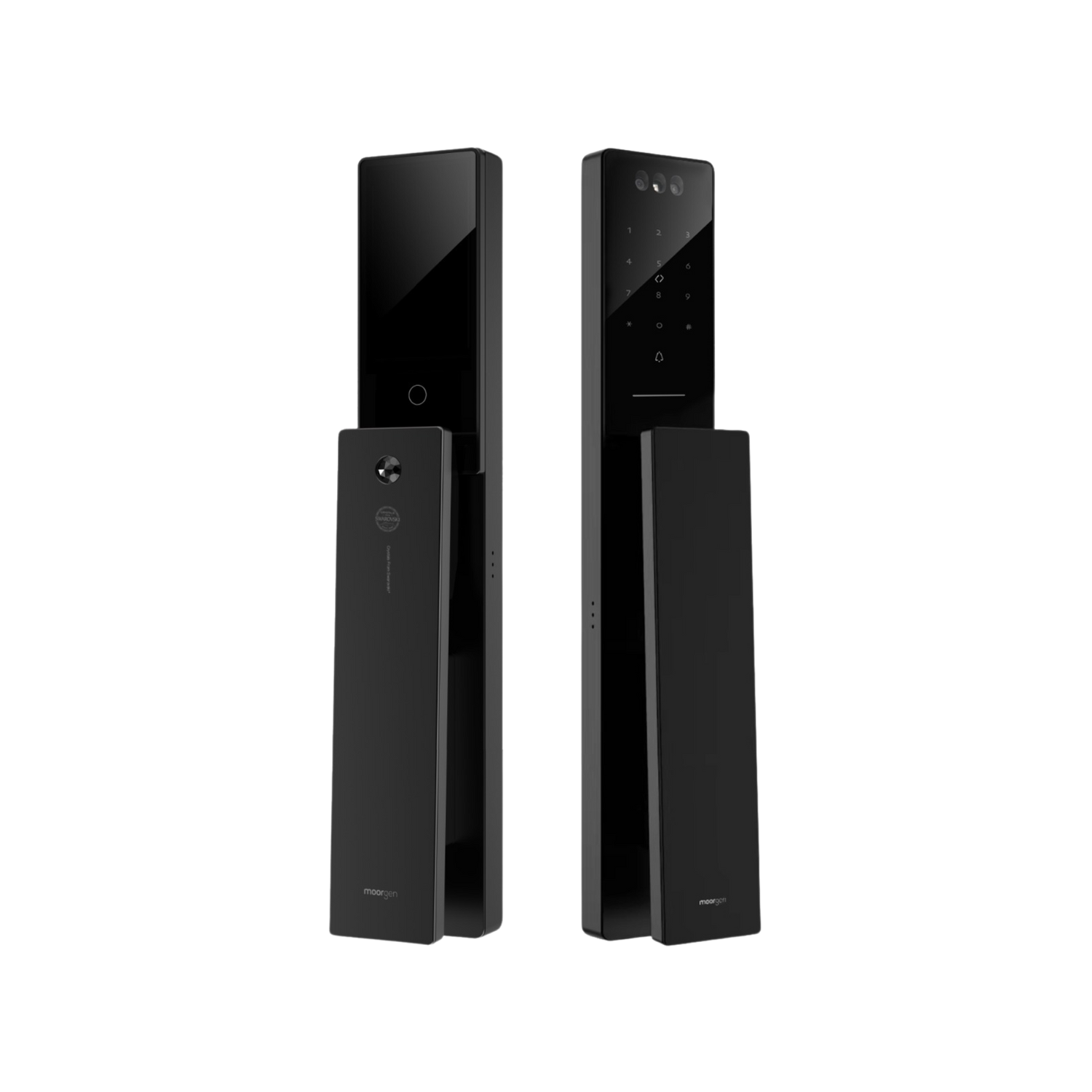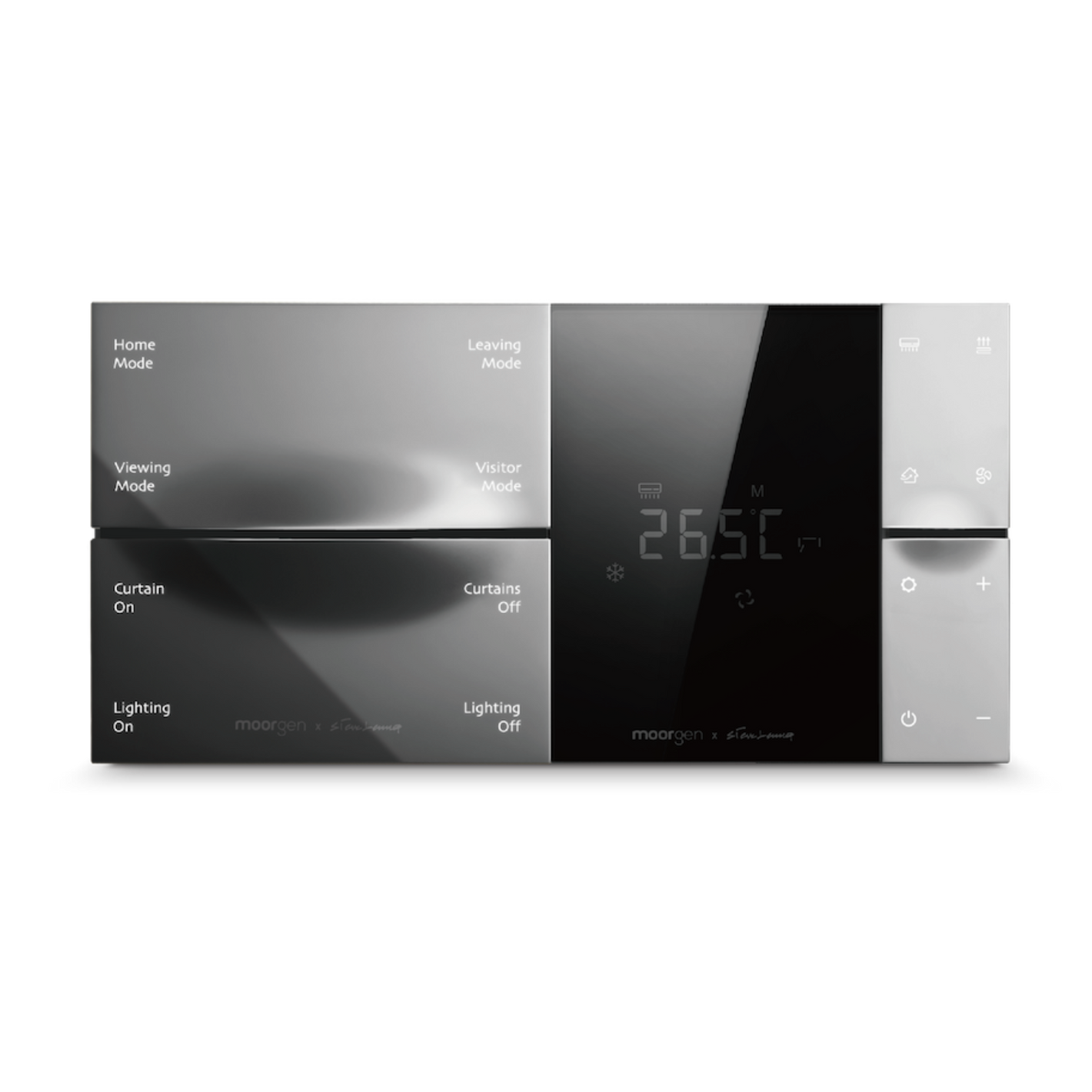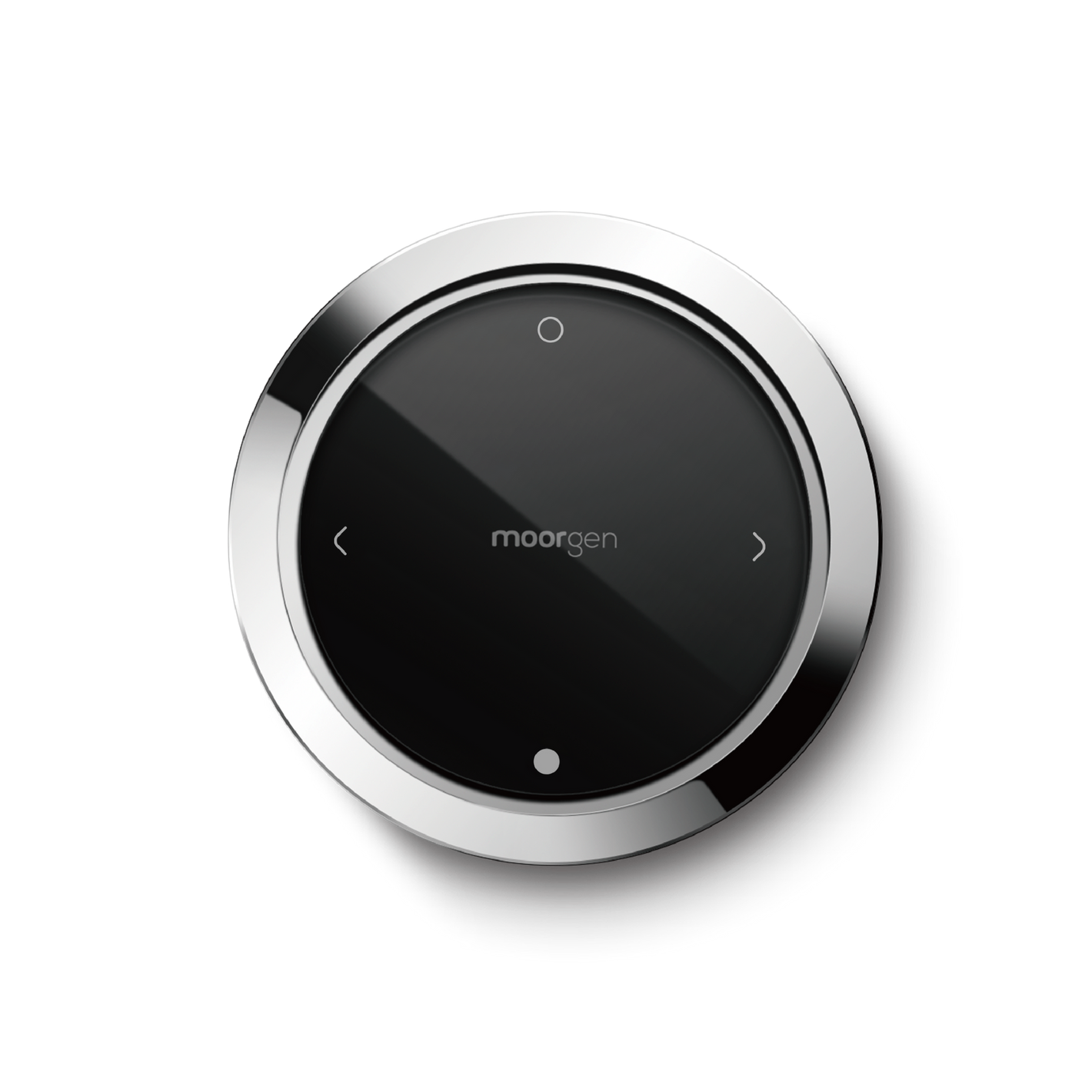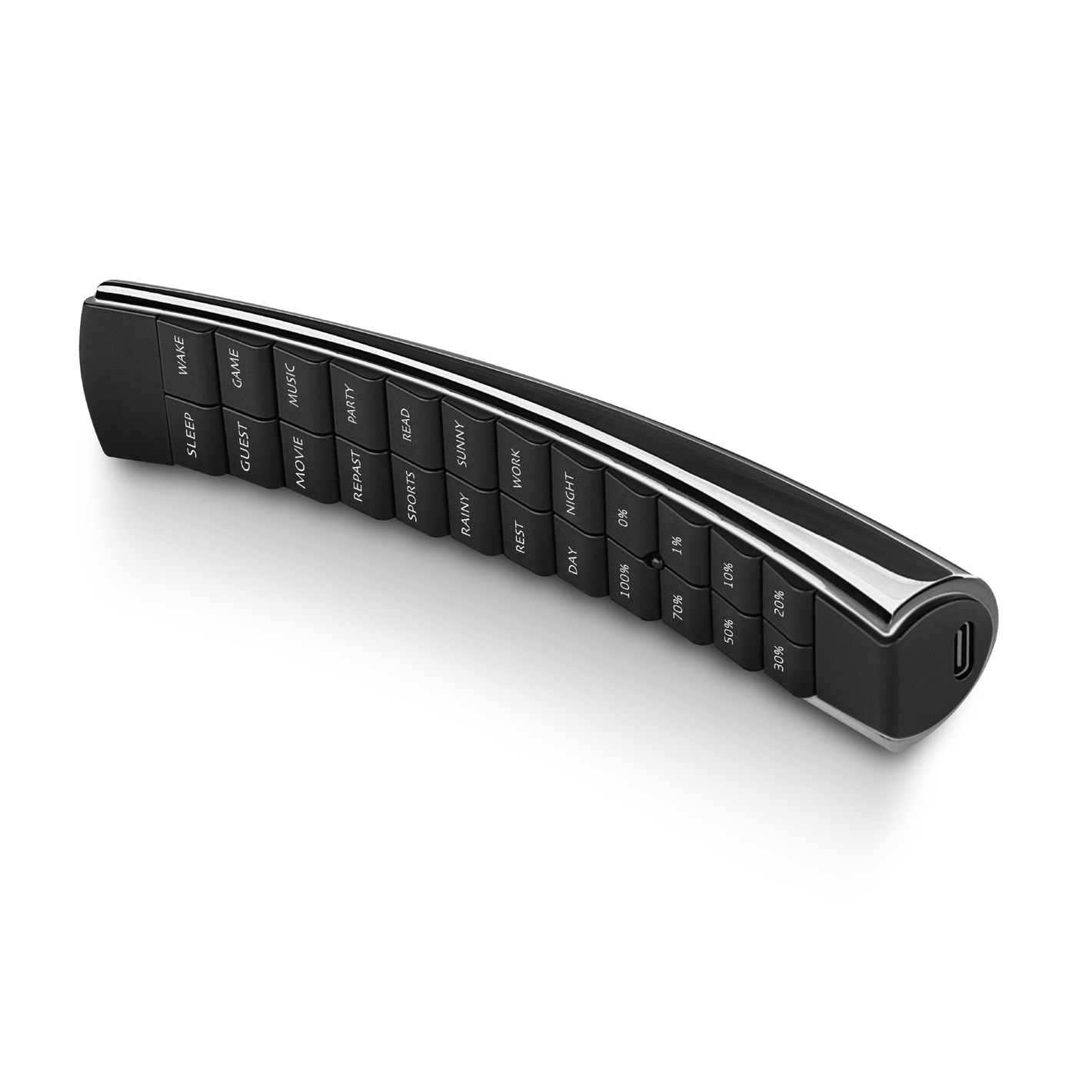【Smart Home Living】5 Common Reasons Why Your Air Conditioner Isn't Cold Enough and How to Fix It
In hot and humid Hong Kong, air conditioners are a basic necessity in every household. With more than half of the year spent with the AC running, it's frustrating when you find your room isn't getting cool enough despite cranking the air conditioner to the lowest temperature. You might think it's malfunctioning or leaking refrigerant. Not only does this fail to provide the desired cooling effect, but it also significantly increases electricity consumption, which is both costly and inefficient. This article from Moorgenzine will explore the 5 major reasons why your air conditioner isn't cooling effectively and offer solutions.
Key Points Covered in This Article:
- Issues arising from inadequate cooling
- Common reasons for insufficient cooling
- Reason 1: Airflow obstruction due to a dirty air conditioner
- Reason 2: Refrigerant leakage
- Reason 3: Compressor malfunction
- Reason 4: Faulty indoor temperature sensor
- Reason 5: Set temperature higher than room temperature
- How to Extend the Lifespan of Your Air Conditioner?
Issues arising from inadequate cooling
The primary purpose of an air conditioner is to lower the room temperature and provide comfort. However, insufficient cooling can lead to various problems:
- Significant increase in electricity bills
- Increased noise from the air conditioner
- Shortened lifespan of the air conditioner
- Aggravation due to discomfort
- Common Reasons for Inadequate Cooling
While a malfunctioning unit might seem like the obvious reason for inadequate cooling, there are several other common causes. Let's explore the top 5 reasons:
Reason 1: Airflow obstruction due to a dirty air conditioner
Air conditioners accumulate dust and debris, especially in environments like Hong Kong. Excessive dirt buildup can block the airflow, preventing the cool air from circulating effectively.
How to check for a dirty air conditioner:
Inspect the air conditioner's air filter and evaporator coils for dust accumulation. Clean the air filter regularly and schedule quarterly cleaning for the evaporator coils.
Solution for a dirty air conditioner:
Clean the air filter and evaporator coils with water and a brush. Professional cleaning may be required for the evaporator coils.
Reason 2: Refrigerant leakage
Refrigerant leakage is a common issue that affects cooling efficiency. It can be caused by damaged copper pipes or improper installation.
How to check for refrigerant leakage:
Inspect the outdoor unit's copper pipes for frost buildup, indicating leakage.
Solution for refrigerant leakage:
Professional repair is required for damaged copper pipes. Adding refrigerant without fixing the leakage is ineffective.
Reason 3: Compressor malfunction
Although compressor failures are rare, they can significantly impact cooling efficiency.
How to check for compressor malfunction:
Compressor issues are challenging to diagnose without professional expertise.
If other causes are ruled out, a malfunctioning compressor becomes a likely culprit.
Solution for compressor malfunction:
Professional repair is recommended due to the complexity of compressor issues.
Warranty coverage may apply if the air conditioner is still under warranty.
Reason 4: Faulty indoor temperature sensor
The indoor temperature sensor plays a crucial role in regulating the compressor's speed to control cooling. A malfunctioning sensor can lead to inaccurate temperature readings.
How to check for a faulty temperature sensor:
Test the air conditioner's cooling performance by adjusting the temperature settings.
If the cooling remains inconsistent regardless of the settings, the temperature sensor may be faulty.
Solution for a faulty temperature sensor:
Professional replacement of the temperature sensor is recommended.
DIY replacement is possible for those with electrical expertise.
Reason 5: Set temperature higher than room temperature
Setting the air conditioner's temperature higher than the actual room temperature can prevent effective cooling.
How to check for temperature misalignment:
Use a thermometer to compare the set temperature with the actual room temperature.
If the set temperature is higher by more than 3 degrees Celsius, the compressor may operate inefficiently.
Solution for temperature misalignment:
Adjust the air conditioner's temperature settings to be at least 3 degrees lower than the room temperature.
How to Extend the Lifespan of Your Air Conditioner?
Regular maintenance is essential for prolonging the lifespan of your air conditioner. Here are some tips:
- Clean the air conditioner's blades and air filters every 3 weeks to prevent airflow blockage.
- Avoid placing objects behind the air conditioner, as it can obstruct airflow and reduce efficiency.
- Set the temperature to a moderate range (between 22.5 to 25.5 degrees Celsius) to minimize compressor strain and save energy.
- Use a circulating fan to improve air circulation and cooling efficiency.
- Perform maintenance routines during periods of inactivity to prevent moisture buildup and dust accumulation.
- Schedule annual professional inspections to ensure optimal performance.
Conclusion
By addressing these common issues, you can improve the effectiveness and efficiency of your air conditioner, ensuring comfort during hot days. If you have any further questions about smart home solutions, feel free to contact Moorgen. Additionally, visit Moorgen's showroom in North Point, Hong Kong, to experience the true benefits of smart home living firsthand.





![[Smart Living] How to Choose a Smart Power Strip? Swift Transform Your Home into a Smart Home!](http://moorgen.hk/cdn/shop/articles/blog_cover_moorgen_how_to_choose_smart_power_strip.png?v=1728137093&width=533)
![[Smart Living] How to Choose LED Bulbs? Which Ones Are the Most Energy-Efficient?](http://moorgen.hk/cdn/shop/articles/blog_cover_moorgen_how_to_choose_led_bulbs.png?v=1728136975&width=533)
![[Smart Living] How to Choose an Instant Hot Water Dispenser and Use It Efficiently?](http://moorgen.hk/cdn/shop/articles/blog_cover_moorgen_how_to_choose_instant_hot_water_dispenser.png?v=1728136837&width=533)
![[Smart Living] 5 Energy-Saving Tips for Electric Kettles](http://moorgen.hk/cdn/shop/articles/blog_cover_moorgen_energy_saving_tips_electric_kettles.png?v=1728136710&width=533)





